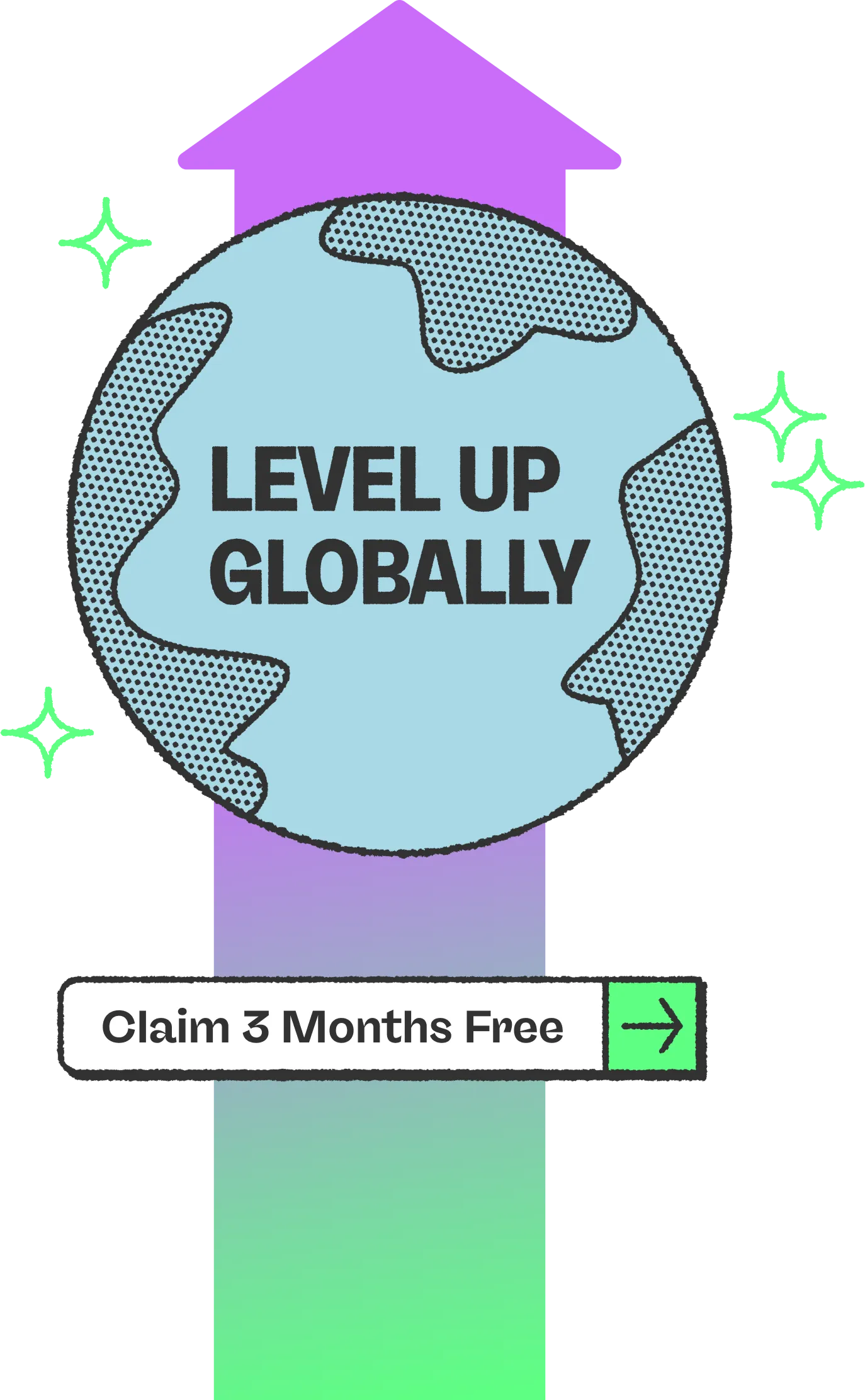Hiring new employees is always exciting, but it can come with some challenges—and completing all the necessary employee onboarding forms and paperwork is arguably one of the biggest. New employees need to fill out all the appropriate forms during onboarding, and these requirements can vary based on your company's location and where your new hire resides.
Dealing with high volumes of paperwork can quickly become chaotic without a strong onboarding system. Here’s what you need to know about providing the proper legal, job-specific, company-specific, and pay and benefits documents to help your employee step into their new position.
Legal forms
USCIS Form I-9
The USCIS Form I-9 is one of the mandatory legal forms for all employees in the U.S. The U.S. Citizenship and Immigration Services (USCIS) agency uses the I-9 to confirm each employee’s identity and eligibility to work in the United States.
There are three sections to the I-9. Your new hire must complete the first section on their first day at work with their name, address, and Social Security number. If your organization uses a hiring pipeline, you may already have some of this information, but make sure to get it all on the I-9, too.
The next section is for the employer and requires the company to examine the new hire’s documents. By the third day, the employer must sign to indicate that the employee provided documents that meet the form’s requirement.
The final section is only necessary if the employee’s immigration status or proof of work authorization is about to expire.
IRS Form W-4
The one onboarding document that most people are familiar with is IRS Form W-4. This form is required for all new hires in the United States and is used to determine how much the IRS withholds from each paycheck.
As part of Form W-4, your new hire will need to fill out a personal allowance worksheet with a variety of personal details, such as their marital status and dependents. They’ll be able to review and revise their W-4 in the future if those details change. Remember to update your payroll and HR system if your new employee ever fills out an updated W-4.
State tax forms
Depending on the state, you may need your new hire to fill out an additional form for withholding state income tax. Check your state’s revenue site for more information about the required tax forms, as well as any city or county sites for additional guidance on withholdings.
Job-specific forms
Offer of employment letter and employment contract
Your employment offer letter is the way you officially and formally offer your new hire a position. It should contain important information, including:
- Job title and job description
- Type of employment (full-time or part-time)
- Starting compensation
- Start date
- Direct supervisor
- Company benefits
When your new employee signs the offer letter, they are officially accepting the position. Later, they should sign an employment contract as well.
The contract is a formal agreement between both parties about the responsibilities and roles of the position. Keep the employment contract in your employee’s file so you can refer to it if any disputes arise in the future.
Company-specific forms
Employee handbook
You should always give new employees a copy of the employee handbook as part of the onboarding process. They can refer to it to better understand company policies, the code of conduct, technology policies, and other important details.
Some companies choose to have new employees sign an acceptable use form to acknowledge that they have read and will comply with the included policies.
Emergency contact form
Make sure your new employee also fills out an emergency contact form with contact details for at least two people, such as a parent, spouse, close relative, or trusted friend. If an accident or emergency happens, you’ll be glad you already know who to contact.
Non-disclosure and non-compete agreements
Though they aren’t required, you may want to have your new hire sign a non-disclosure or non-compete agreement as part of the onboarding process. Non-disclosure agreements protect the company’s intellectual property and other systems that help you gain a competitive advantage. A non-compete clause is designed to prevent employees from becoming direct competitors or working for a direct competitor within a certain timeframe.
It is important to note that not all states enforce non-compete agreements because it can limit a worker’s professional options based on their industry or geographic radius. While it’s important to protect your company, doing so cannot prevent a former employee from obtaining a new job.
Pay and benefits documents
Direct deposit forms
If your company pays employees through direct deposit, you’ll need to collect direct deposit forms from each new hire. On these forms, your employees provide their bank account numbers and routing numbers so you can deposit their paychecks in their bank accounts.
Benefits package documents
You should give your new hire a benefits brochure during the onboarding process to introduce them to their benefits options. The brochure can include information about medical benefits, life insurance, disability insurance, tuition reimbursement, and any other benefits your company offers employees.
Utilizing new employee onboarding checklists and forms
That’s a lot of forms to keep straight, and it’s not even an exhaustive list. Organizing your onboarding process with new employee onboarding checklists and forms will make everything much easier.
Start by making notes of all the necessary tasks and documents in the onboarding process. Then, group those tasks and divide the checklist into manageable phases.
When in doubt, turn to Oyster for help with global employment onboarding.

About Oyster
Oyster is a global employment platform designed to enable visionary HR leaders to find, hire, pay, manage, develop, and take care of a thriving distributed workforce. Oyster lets growing companies give valued international team members the experience they deserve, without the usual headaches and expense.
Oyster enables hiring anywhere in the world—with reliable, compliant payroll, and great local benefits and perks.




.avif)


.webp)
.avif)







